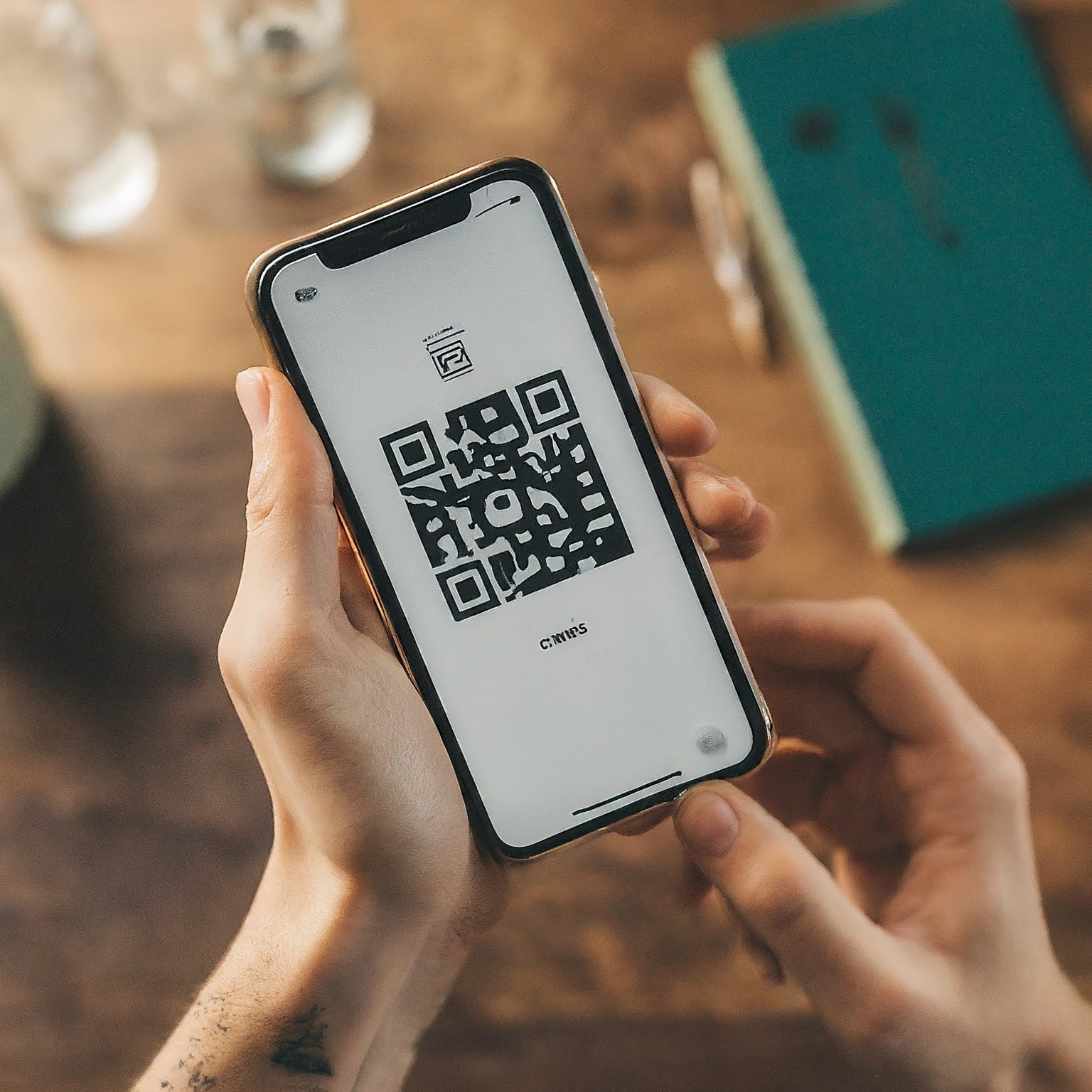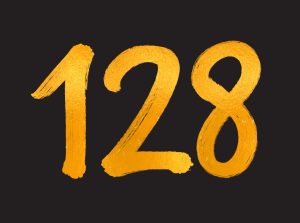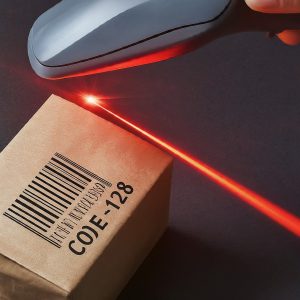In the realm of telecommunications, the term “DID” (Direct Inward Dialing) often comes hand-in-hand with the concept of area codes. But can a DID have an area code? Let’s dive into the intricacies of these two interconnected elements.
What is a DID?
A DID, or Direct Inward Dialing number, is a virtual phone number that allows you to route incoming calls directly to a specific phone line or extension without the need for a human operator or a complicated PBX system. This means that each employee or department can have their unique phone number, which can be used for direct communication and call tracking.
The Role of Area Codes in DIDs
Area codes are three-digit prefixes that identify the geographic region where a phone number originates. Traditionally, DIDs were associated with specific geographic locations, and the area code was an integral part of the DID number. However, with the advent of VoIP (Voice over Internet Protocol) technology and cloud-based phone systems, the concept of DIDs has evolved.
Non-Geographic DIDs
Today, DIDs can be both geographic and non-geographic. A geographic DID is still associated with a specific location, indicated by its area code. However, non-geographic DIDs are not tied to any particular region. These virtual numbers can be used by businesses and individuals across different locations, providing greater flexibility and scalability.
Can a DID Have an Area Code That Doesn’t Match Its Location?
Yes, it is possible for a DID to have an area code that doesn’t match its physical location. This is especially true for non-geographic DIDs. For example, a business based in New York could have a DID with a Los Angeles area code (213) to establish a virtual presence in that city. This allows the business to cater to customers in a different location without having to physically relocate.
Benefits of Non-Geographic DIDs
Non-geographic DIDs offer several advantages, including:
- Local Presence: Businesses can establish a local presence in different regions without the need for physical offices.
- Cost Savings: Non-geographic DIDs are often more affordable than traditional phone lines.
- Flexibility and Scalability: Businesses can easily add or remove DIDs as their needs change.
- Improved Customer Service: Customers can call a local number, even if the business is located elsewhere.
Conclusion
In conclusion, a DID can indeed have an area code, and it can even be a non-geographic area code that does not match its physical location. This flexibility has opened up new possibilities for businesses and individuals, allowing them to communicate more effectively and efficiently across different regions.



